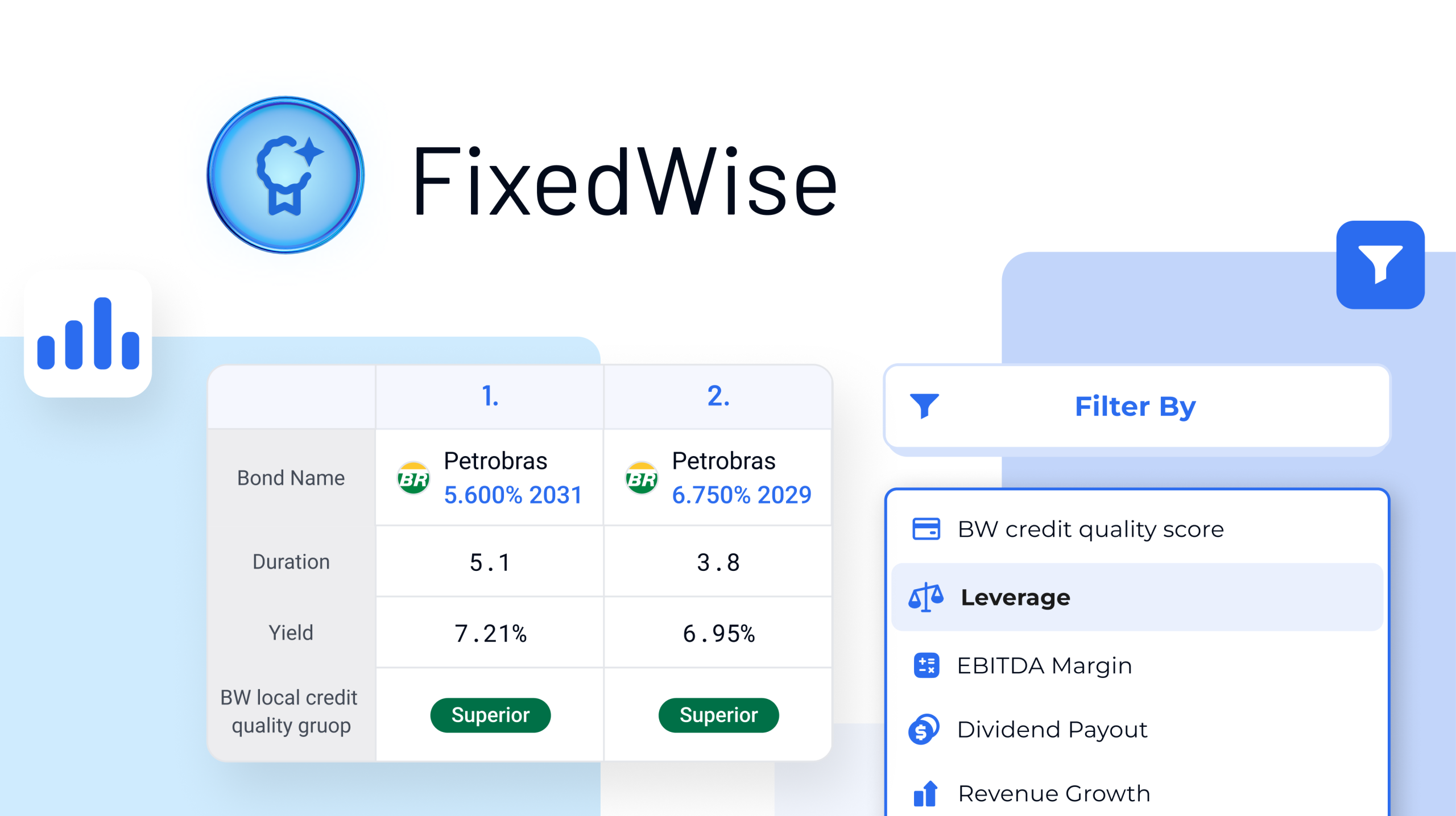
Investment Intelligence for Fixed-Income Assets: Unveiling FixedWise
Globally, bond markets continue to play a massive role in the investment industry, with investors ...

Sustainability in business has become an increasingly popular factor in both personal and financial decisions. More investors today are turning towards sustainable businesses that have a minimal – or positive – impact on society and the environment. However, those who want to become part of this growing market may face difficulty finding investment candidates – unless they know where to look.
Greater awareness about the social and environmental impact that we all have has led to the concept of “sustainability in business”. In other words, this is the strategy and resulting steps taken by a company to minimize its negative environmental and social effects. In finance, a set of three “pillars” has been established as a framework for reporting on a company’s efforts in this area: environmental, social, and governance, or ESG.
Growing numbers of stakeholders across the world of economics and investments are demonstrating that sustainable business is an essential part of their considerations. For example:
In light of these facts, financial professionals are well-advised to account for sustainability if they want to stay competitive. To get an idea of the power of this trend, Forbes goes so far as to state that maximizing shareholder value is no longer the ultimate goal of a corporation. Instead, as stated by a Kellogg panel, modern corporations must account for their obligations toward myriad stakeholders, including employees, suppliers, customers, and communities, as illustrated by ESG metrics.
The kinds of actions that businesses can take to improve their ESG profile are as varied as the companies themselves. One way of looking at types of sustainability measures is through the ESG acronym.
For environmental factors, organizations can improve energy management through alternative power sources, or use infrastructure that minimizes greenhouse gas emissions. The social aspect of ESG looks at human rights and equity issues, which can be addressed through DEI programs and ethical sourcing. In terms of governance, companies should ensure that they are led in ways that meet certain goals (as defined by the WEF, for example) for corporate structure, board composition, business ethics, and anti-corruption.
Many stock indexes already include ESG categorization, which speaks to a good level of market efficiency. A quick look at major stock exchanges and leading indexes, including NYSE, FTSE, S&P, and NASDAQ, show that they all have a collection of ESG equities from which to choose.
But, for investors who want more diversification, this can be limiting. That’s because the majority of market value is contained within the leading stock exchanges. For instance, the NYSE and NASDAQ alone comprise about 50% of the world’s $106 trillion total market capitalization. Although that’s convenient for finding major equities, this concentration omits a massive number of potential outperformers. Plus, in the spirit of sustainability and social responsibility, some investors want to support companies in parts of the world that are somewhat off the beaten financial path.
For these reasons and more, financial AI is the solution that many ESG-focused investors are turning to. Financial AI greatly widens the scope of coverage for the bulk of public companies. Advances in machine learning have enabled the analysis of financial statements and other relevant data from all over the globe to identify unique investment opportunities. At the same time, a new wave of generative AI translates these analyses into information that institutions can use to identify and promote top-notch ESG leaders.
For an investor, much of the decision about a particular company or index boils down to performance in terms of ESG factors. With ESG being a relatively new concept in finance, knowledge about which factors count the most, and how to define them, are not set in stone. ESG reporting standards vary according to location as well as industry, and there are a number of models to consider. But, in general terms, ESG analysis looks at:
Sustainability in business and profit in business are not mutually exclusive. According to McKinsey, companies that improve sustainability and ESG performance also tend to deliver better returns when compared to peers with lower ESG standards. Their study revealed that total shareholder returns were 2% higher for companies with a strong ESG commitment, in addition to healthy profit and growth results, when compared to firms that only showed good financial performance.
The trick is to have access to a wide pool of equities that have excellent results across growth, profit, and ESG variables.
Your entrance to the ESG investment market starts with Bridgewise’s AI-based recommendations. Contact us to learn more!

Globally, bond markets continue to play a massive role in the investment industry, with investors ...

By Gaby Diamant, BridgeWise CEO Earlier this month, Time Magazine named the “ Architects of AI ...

The Customer Japan Exchange Group (JPX) is one of the world’s leading financial ...